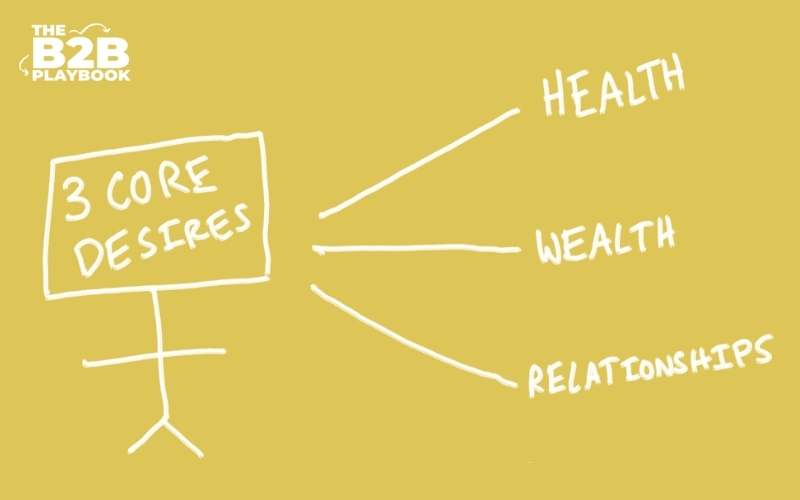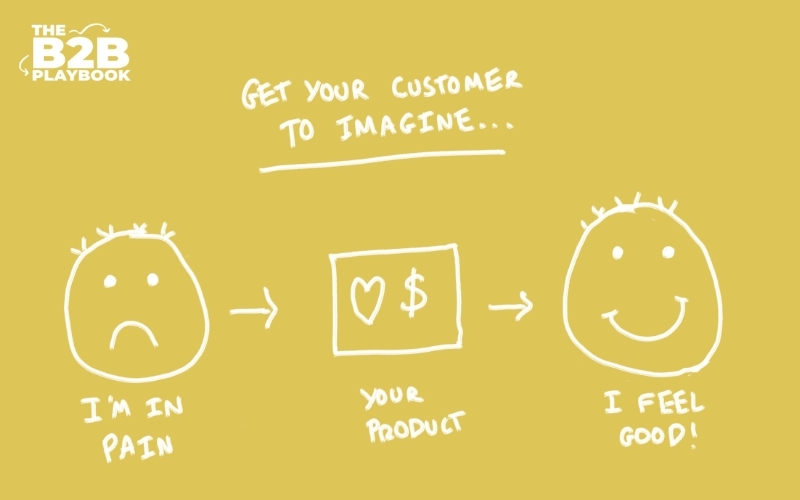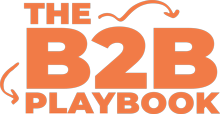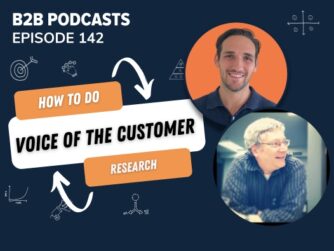When your business starts to focus on finding and servicing your Dream Customer as opposed to just any customer, it’s incredible how much more profitable it becomes and how much easier your life is. This is the power of the Pareto Principle that dictates 80% of your profit is likely to be a result of 20% of your customer base. This 20% is your ‘Dream Customer’ that’s the perfect fit for your product or service.
If you’re not sure what your Dream Customer looks like, we’ll take you through two exercises below that will help you identify them so you know how to best shape your product, service and marketing to fit them.
This Dream Customer Template below is going to be super handy for you as you go through the two exercises below.
Exercise One: The Three Core Desires / Markets
Any time people purchase a product or service, they’re motivated by one of the three core desires: they want to improve their health, their wealth, or relationships. These are also referred to as the three core markets that any product or service can fit into.

Chances are your product or service fits into more than one of these desires or markets.
For some businesses it’s quite clear which core desire their product or service caters to. For example, if I run online yoga classes, people who sign up are very likely to do so in order to improve their health.
If my yoga classes are taught in a studio on Thursday nights, and people are encouraged to stick around afterwards and have a few glasses of wine, then the core desire could be relationships as people look to build friendships and feel a sense of community and belonging.
It can be a bit harder to see which category your product or service fits into when you’re in the B2B (business to business) world as opposed to the B2C (business to consumer). For B2B we have to think about who the decision maker is, and which of their three core desires can we appeal to when positioning our product or service.
Let’s use a hypothetical company that tracks the time management of employees working on the floor of a factory. The decision maker that we’re trying to sell this software to is likely in upper-management, or possibly at an executive level depending on the size of the company.
Let’s get into the minds of our decision maker and see how we can appeal to each of the decision maker’s core desires:
Health → I’m exhausted from constantly trying to keep track of how hard my staff are working.
Wealth → I want to see where the inefficiencies are on the factory floor, so I can identify bottlenecks, resolve them, and then get that promotion and pay rise I deserve.
Relationships → I want something to make tracking my staff easier so I can work less hours and spend more time at home with my family.
As you can see, you can often appeal to each of these core desires with your product or service. An important note here is when you create a marketing campaign, try to just appeal to one of these core desires at a time – people are often confused when there is too much information and this often results in a drop in potential sales from a campaign.
What core desire does your product or service appeal to? Write it down in the template you downloaded (or here if you haven’t got it yet).
Exercise Two: Get Inside Your Dream Customer’s Mind
We’ve identified which of the three core desires motivates our Dream Customer to buy our product. Now to effectively market to them, we need to have a deeper understanding of them, and the conversations that are taking place in their own head. If we know what’s happening in their heads, we can insert ourselves and our product or service into their minds in a way that makes sense for them.
Any time a human makes a decision, it’s either to take them away from pain, or move them towards pleasure.

Using our time management software business from earlier, below is an example of what might be going on in the mind of the business owner or senior manager who we might be selling our software to.
| MOVING AWAY FROM PAIN | MOVING TOWARD PLEASURE |
| Health (moving away from pain) | Health (moving toward pleasure) |
| – I don’t have the energy to keep manually tracking how hard my staff are working | – I want to automate some of my business so I can take care of myself better |
| Wealth (moving away from pain) | Wealth (moving toward pleasure) |
| – I’m not taking enough money home from the business for the life I want to live | – I want to make sure my workers are as efficient as possible and find bottlenecks that when resolved will help me make more money. |
| Relationships (moving away from pain) | Relationships (moving toward pleasure) |
| – I miss my wife and kids and want to see them more | – I want my company to be more organised and efficient so I can spend less time at work and more time at home with my family. |
Note how moving away from pain or toward pleasure often address the same core problem, it’s just framed differently.
Exercise For You To Do: pick just one Core Desire (i.e. Health, Wealth, Relationships) that your product or service fits into, and write 10 phrases that your dream customer might be thinking in their head to move away from pain. Do another 10 for moving towards pleasure.
Get your Dream Customer Template below and fill out the questions there.
You should now have a very good idea of what motivates your Dream Customer, what’s going on in their heads, and how your product can help them either move away from pain or towards pleasure.
These are very strong foundations for you to base your marketing campaigns on. Go through, do the exercises, choose your marketing message from the exercise, and give it a go!
You’ll notice that there’s two more exercises in our template that aren’t addressed in this article.
We’ll teach you how to use these and the principles behind them in future articles. Make sure you subscribe to our newsletter to get them first!









